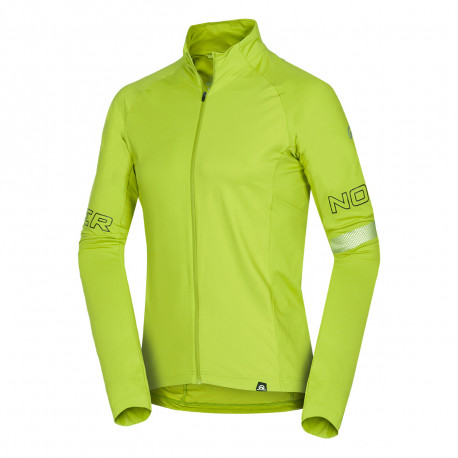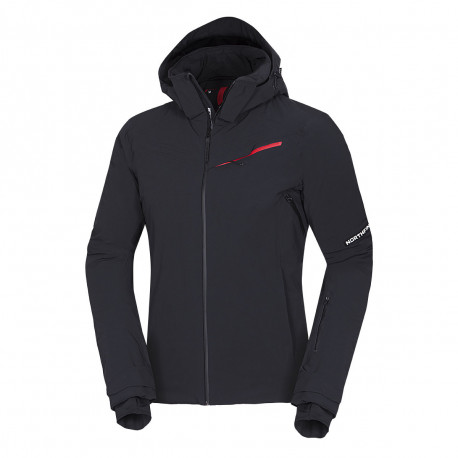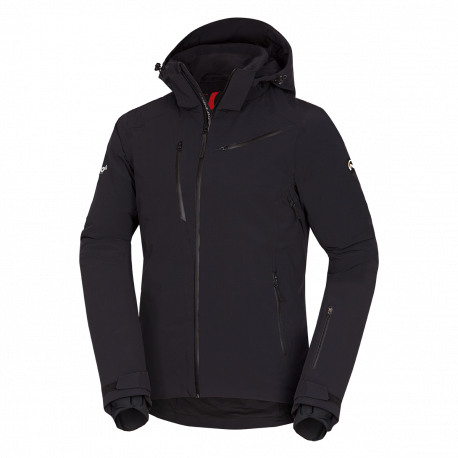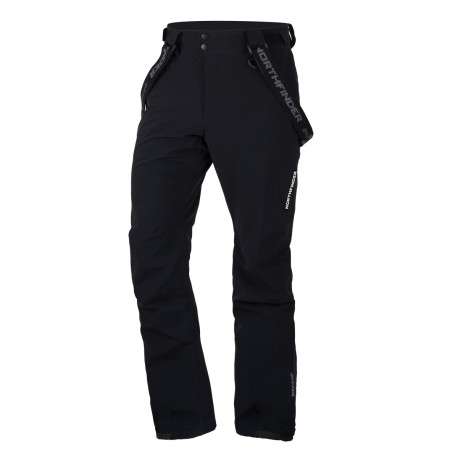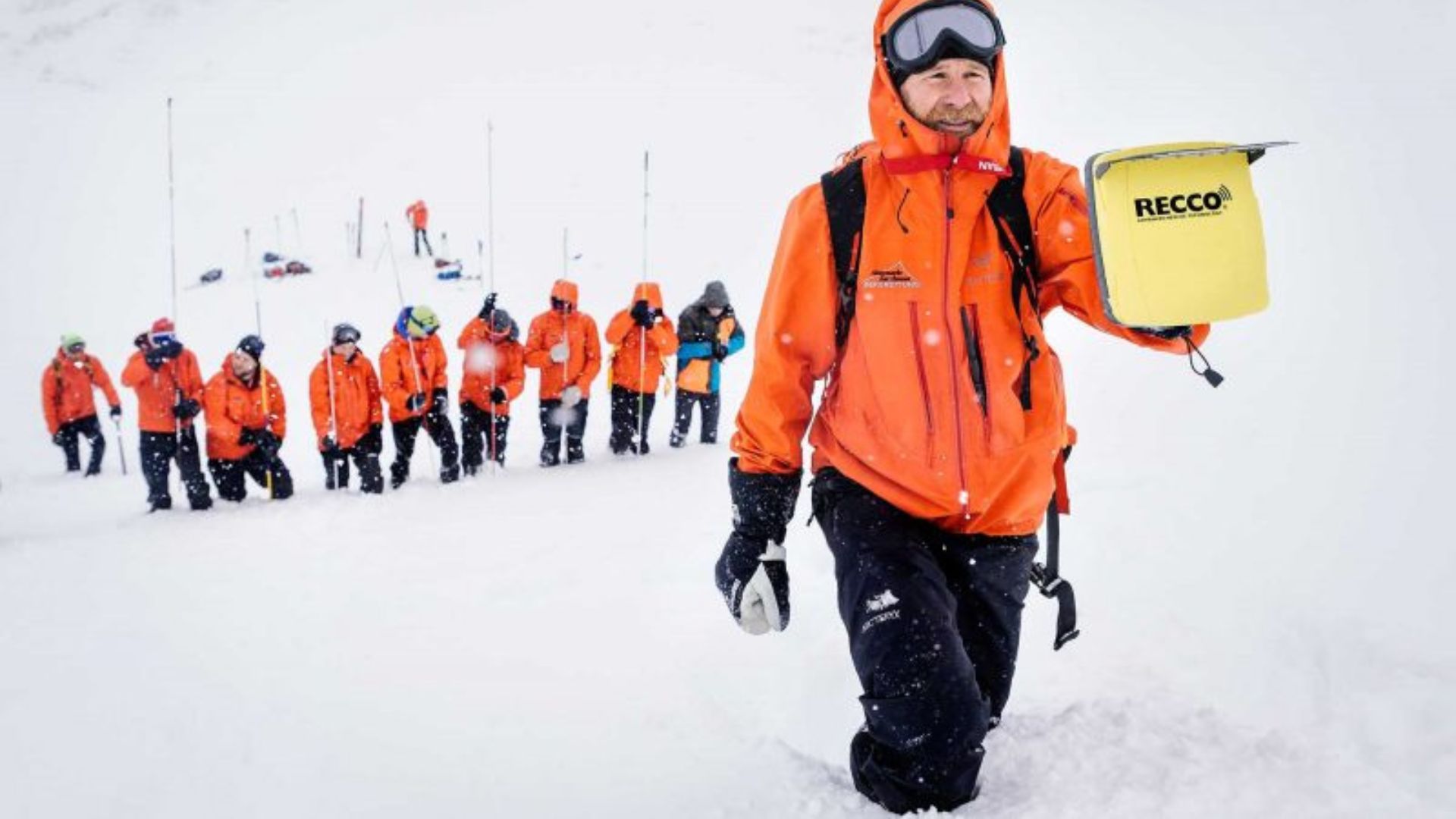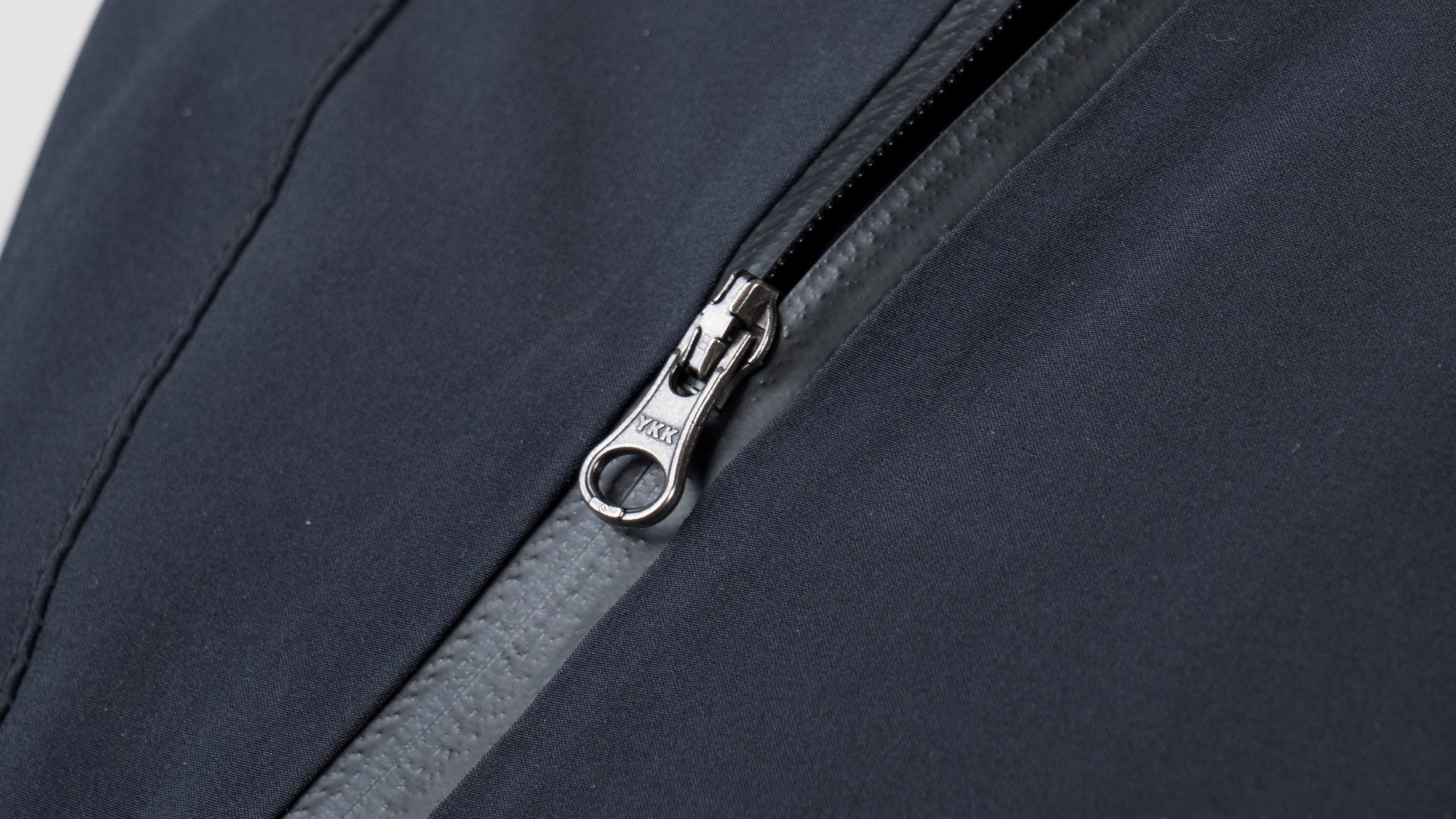How to dress for skiing: Choose top-quality Primaloft® and Dermizax™ EV materials
Ski clothing should keep you warm. Whatever the weather, whether you're waiting for or sitting in the wind on a chairlift. And such clothes must be breathable enough to prevent sweating when skiing.


In this article you’ll learn:
How to layer clothes for skiing
About top of the range ski clothing insulation and membrane materials
What to seek when choosing a ski jacket
What to expect from ski trousers
What details and features of ski jackets and trousers you’ll most value
Three layers of ski clothing: the basis for comfort on the slopes
For skiing, it's a good idea to layer technical winter sports clothing so the layers complement each together. This means they keep you pleasantly warm at lower intensities, and work effectively to move moisture and excess heat away from the body on more challenging downhill sections. Avoid cotton clothing, which is uncomfortably cool and dries very slowly when wet.
First layer: Thermal underlayer
This is designed to wick sweat away from the body and into the next layer of clothing, keeping you dry. This underlayer’s material should be pleasant to the touch (as you will wear it directly on your body), while also being elasticated to allow complete freedom of movement. The first layer’s key characteristic is its ability to dry quickly, i.e. to efficiently move excess moisture and heat away from the body.
Second layer: Insulation
This layer will keep you warm. And it has to work well with both the base layer and top layer of clothing, especially for thermo-regulation and wicking away excess moisture. As with the first layer, you will appreciate the quick-drying and elastic material. This ensures good breathability at high load intensity, and keeps the body warm at lower loads.
Third layer: Protection
The top layer protects from the weather - wind, snow, and frost. In addition to protection, top layer ski clothing must also be thermo-regulating in order to support the lower layers. Ski clothing - unlike ski-tour clothing - is usually more insulated and more focused on warmth and protection.
Ski jacket: What to look for in a ski jacket?
Seek clothing that is well insulated (insulation type), waterproof (water column), and breathable (breathability parameters), windproof, and elastic enough to allow free movement.
Insulation: Synthetic or down?
Although down has excellent warmth, it absorbs moisture and therefore loses its properties. A ski jacket should protect against cold, wind and rain, while being breathable and comfortable. So synthetic materials offer many more advantages for skiers
Their biggest advantage is that they work even when wet, and constant innovations ensure synthetics are only marginally behind down in terms of thermal insulation properties and weight. They also combine well with membranes, which protect such insulation against physical damage.
Down is the ideal material for cold and dry winters. It uses very fine and thin materials. So it’s more suitable for insulating layers in very cold conditions, such as ski-tour peaks. But such clothing can be damaged during downhill skiing, with its function negatively impacted in contact with snow or moisture.
Some of the best synthetic insulation materials are manufactured by PrimaLoft®. This is a patented thermal insulation material that was originally developed for the US military. It is used in outerwear, gloves, sleeping bags, and footwear. Clothing with this material is:
Warming - ultra-fine fibres trap heat, maintaining comfort and good thermoregulation
Dry - fibres are made to repel water, they are hydrophobic
Soft - the fibres are thinner than human hair, so they’re incredibly soft and ensure comfort
- Durable - the materials are developed to withstand harsh military conditions. They are also durable to withstand frequent washing and long-term daily wear.
Waterproof ski jacket: Water column and taped seams
A material is generally described as waterproof if it can withstand a water column of at least 13,000 mm. Clothing that achieves waterproof parameters by using materials or water-repellent treatments is designed for sports in adverse weather conditions.
What water column is ideal for ski clothing?
Less intensive skiing, drier weather - from 3,000 mm to 10,000 mm
Intense skiing, demanding slopes, windy weather and snowfall: from 10,000 mm to 20,000 mm (or more)
The water column number should be supplemented by information on seam taping. Technical ski jackets for advanced skiers have completely taped seams. Recreational ski clothing has seams taped only in critical areas and will ensure satisfaction.
Dermizax™ EV
Breathability: Efficient ventilation of heat and moisture
This parameter is just as important as the insulation or waterproofing figures. It’s about how effectively the material can move excess heat and moisture away from the body, and prevent overheating and excessive sweating.
What breathability value is ideal for ski clothing?
Less intensive skiing - from 5,000 to 10,000 g/ m²/24 h
More demanding terrain, intensive skiing - over 10,000 g/m²/24 h
A good ski jacket has these features
Ski trousers: Insulated and membrane
Insulated ski trousers are perfect for transitioning between slopes and lifts. These are often trousers with a membrane that protects the synthetic insulation, and can also be combined with functional underwear. Ski softshell trousers are elasticated and insulated with a soft fleece on the reverse side. Venting on thighs makes them perfect for more demanding winter physical activities.
Top of the range ski trousers use the premium Dermizax™ EV membrane. We offer complete Dermizax ski sets. Combine Dermizax ski jackets and trousers for perfect comfort.

Good ski jackets have these features
Northfinder ski trousers have numerous handy gadgets and essential details. Tailored fit, pre-shaped knees and seat, adjustable braces, and elasticated gaiters with all-round grip all play a crucial role.








